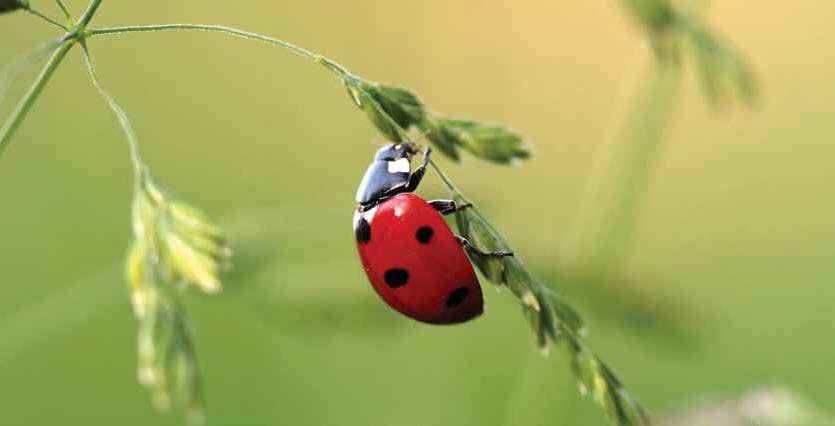Year of the Beetle
A new year means a new opportunity to learn about the natural world around us. For more than a decade, North Carolina State Parks has dedicated an annual campaign to some fascinating group of critters, plants or natural process and given it “Year of …” status. Welcome to 2021, Year of the Beetle.
If one were to consider all known animal life forms on planet Earth, beetles would make up about a quarter of them. There are approximately 400,000 species of beetles described by science and new ones are frequently discovered and added to the incredibly diverse family known as Coleoptera.
Some beetles are familiar and easily recognized, like fireflies, lady bugs, weevils and click beetles. Many, many others are strange and mysterious. In eastern North America there are estimated to be 14,000 different species of beetles. They can be found in virtually every habitat type; from pine forests to open grasslands to underground to lakes and streams. There are even beetles that exist only on oceanfront beach sands.
All beetles share some characteristics in common. Beetles are insects. They have six legs and three body segments; the head, thorax and abdomen. Beetles are wrapped in a hard outer layer called an exoskeleton, that serves as both skeleton and skin.
Nearly all beetles, at least in their adult phase, have hardened wings that cover and protect the more delicate, membranous flight wings. Depending on what they eat, beetles sport a variety of mouthparts to grasp, chew or capture their food. Predatory beetles have sharp, scissor-like mandibles while other types sip tree sap through straw-like appendages.
Right now, many beetles are stashed away underneath piles of dead leaves, behind tree bark or buried in the ground to avoid the killing freezes of winter. We’ve got a couple of months to learn a few fun facts before these incredible insects reemerge when the air and earth warms.
It’s going to be a fun journey.

